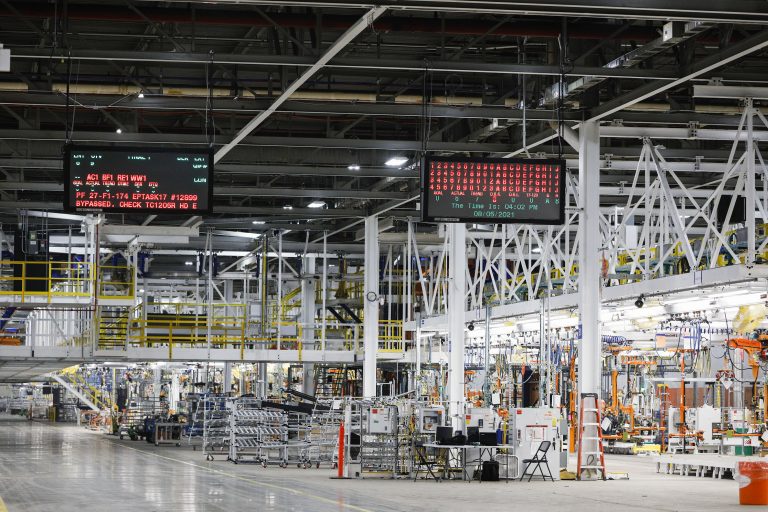According to a survey of purchasing managers released on Dec. 1, factory activity in November was affected by higher energy prices, longer lead times, supplier shortages, and record cost inflation. As a result, U.S. manufacturing activity registered its weakest growth in many months.
In November 2021, the IHS Markit US Manufacturing Purchasing Managers’ Index (PMI) slipped to 58.3, slightly lower than October’s final reading of 58.4 and below the preliminary estimate of 59.1. Economists had anticipated the gauge to move up from October, partly due to the fact that the projection for mid-month was greater.
The PMI level is at its lowest level since December 2020. Despite being well above the 50 level, the PMI was boosted largely by the enhanced inventory building and another near-record increase of supplier lead times. The lengthening of lead times depicted a continuing supply shock. Inventory building often indicates apprehensions over future supply.
According to U.S. manufacturers, the month of November witnessed an improvement in the rate of production amidst reports of a perpetual increase in new orders. However, the pace of growth was the second-slowest since September 2020. A scarcity of materials is apparently preventing a manufacturing revival.
New sales growth continued to outdo production growth considerably, in spite of having slowed to an eleven-month low. The reason behind the increase was strong client demand and the intention of customers to stockpile, a number of companies stated. On the other hand, some firms said that customers also placed orders elsewhere due to supplier delays and material shortages.
Success
You are now signed up for our newsletter
Success
Check your email to complete sign up
“Broad swathes of US manufacturing remain hamstrung by supply chain bottlenecks and difficulties filling staff vacancies. Although November brought some signs of supply chain problems easing slightly to the lowest recorded for six months, widespread shortages of inputs meant production growth was again severely constrained to the extent that the survey is so far consistent with manufacturing acting as a drag on the economy during the fourth quarter,” Chris Williamson, chief business economist at IHS Markit, said in a statement.
The report attributed the steepest rise in input costs on record (since May 2007) to extreme delays in supply and shortages. According to companies, inflation was driven chiefly by higher prices for plastics, chemicals, and metals, accompanied by heftier transportation and freight costs.
With the intention of passing on increased costs to clients, there was a distinct rise in the selling prices of some products in November. Despite the rapid increase in input costs, the rate of charge inflation receded to a three-month low.
Vendor performance simultaneously slumped by a large extent. Pre-production inventories grew at the fastest rate for three months and input buying by firms rose drastically as they sought to protect themselves against supplier price hikes, shortages, and delays in the future. However, issues with regard to refilling stocks of finished goods triggered a marked decline in post-production inventories since May last year.
As firms attempt to pass on the higher costs, IHS Markit noted that they are facing resistance from consumers. In a sign that customers are stalling at rising prices, online sales on Cyber Monday dropped for the first time ever and holiday sales have fallen below expectations.







